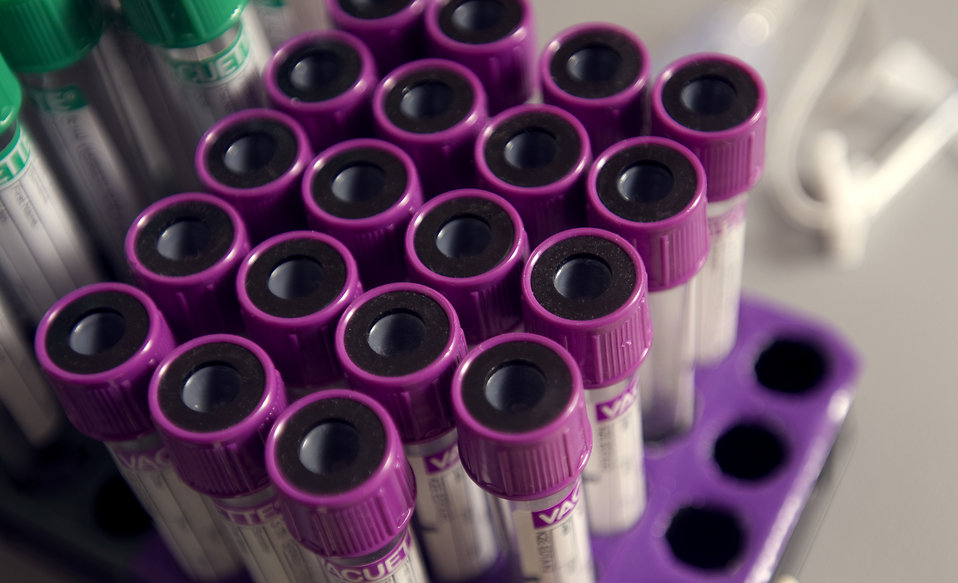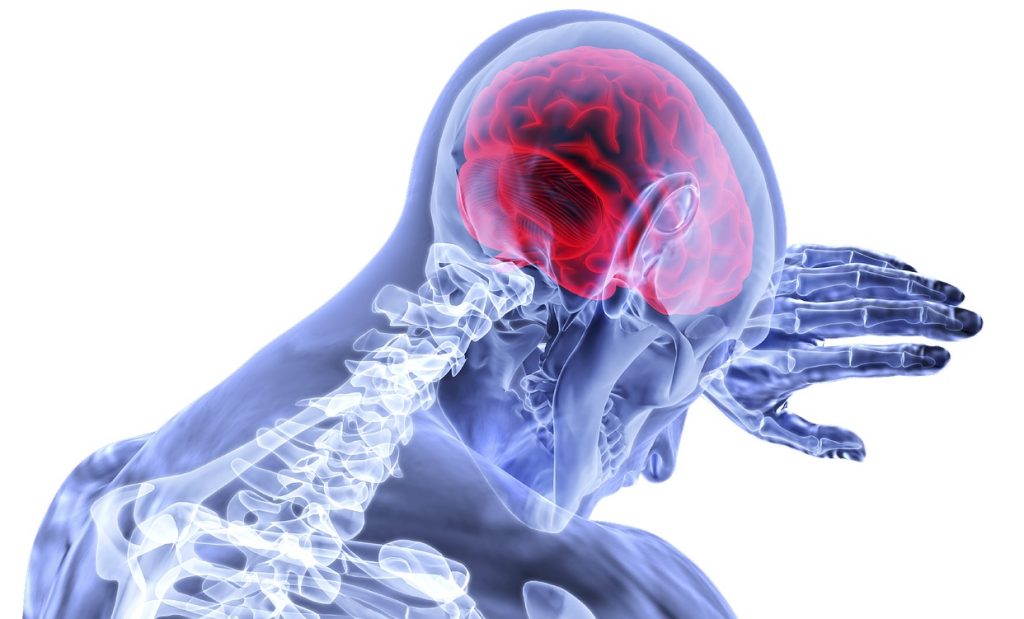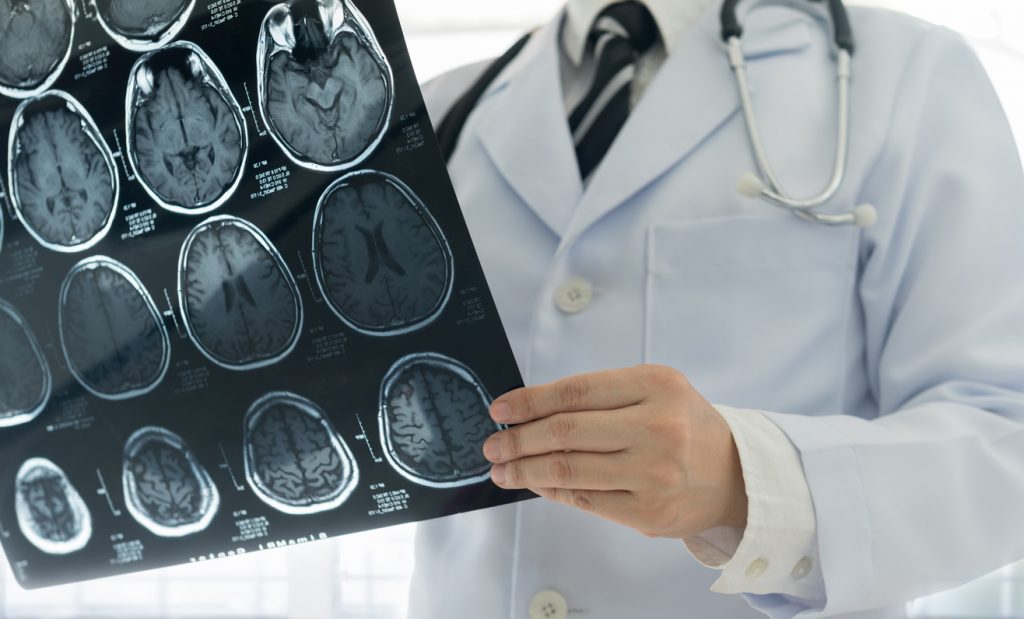Transcript
I am Clinical Professor Lesley Cala from The University of Western Australia, School of Pathology and Laboratory Medicine.
Stroke happens when the blood supply to part of the brain is interrupted.
The symptoms and signs the patient experiences vary depending upon the involved artery: loss of consciousness, weakness of muscles in the face, arm or leg, blindness or difficulty with speech or balance. Time is critical. If you see any of these signs call 000 straight away.
Book your health appointments online
Find and instantly book your next health appointment with Healthengine
Types of stroke:
- Blood supply can be interrupted either because there is a blood clot or plaque that blocks a blood vessel in the brain or a blood vessel ruptures.
- Blocked artery causes 80% of these ischaemic strokes – either a clot travels to the brain from example the heart or a thrombus builds up on a plaque.
- Bleeding into the brain is a haemorrhagic stroke and this can be caused by long-standing high blood pressure causing an artery to burst, creating an intracerebral haematoma or cerebral aneurysms rupturing on the surface of the brain causing a subarachnoid haemorrhage.
- Transient Ischaemic Attack (TIA) or “mini stroke” is when the signs of stroke, lasting a few minutes or a few hours but within 24 hours go away. 20% who have a TIA will have a major stroke within three months and the greatest risk occurs in the first few days. So investigation should be prompt.
My own contribution is that I have been working with the University of Edinburgh with IST-3, to determine whether administration of a blood-thinning drug called alteplase, improved outcome for stroke patients. Also whether the presence of certain findings on the CT scan could predict outcome. 7000 scans were reported by experienced readers in 8 countries. Each patient had a scan on admission to hospital and a second one 24-48 hours later.
Reduction in independence was predicted by finding brain of lower density than normal in the stroke area, a large abnormality, brain swelling, clot in a main artery, pre-existing brain shrinkage and decreased brain density around the fluid filled cavities called the ventricles.
Symptomatic intracranial hemorrhage was predicted by the presence of an area of an old stroke, brain of a lower density than normal in the new stroke area and clot in an artery.
It was found that alteplase did not affect survival but was associated with clinically relevant improvements in function and health-related quality of life, sustained for at least 18 months, the period of the follow-up.
Also pre-existing signs on the CT scan are important, as well as the early ischaemic signs, during the assessment of patients with acute ischaemic stroke.
Another trial – ENOS, data for 4011 patients coordinated by the University of Nottingham, looked at the effect of transdermal glyceryl trinitrate (GTN) – applied within 48 hours of a stroke, for patients who had a high blood pressure and a stroke. GTN causes the blood vessels in the periphery to dilate and could thus lower the blood pressure.
It was found that there was no difference in functional outcome for those given the patch at an average time of 26 hours after the stroke onset. However it may be useful within 6 hours of stroke so a new trial called RIGHT-2 – has been designed to see the safety and efficacy of the patch in a multicenter ambulance-based trial.
The TARDIS trial – University of Nottingham – is looking at the usefulness of triple antiplatelet agents (blood thinners) for reducing dependency in stroke – aspirin, clopidogrel and dipyridamole. 2514 patients have recruited to date and finishing in 2017. The findings are not of course available yet.
TICH – 2 – also co-ordinated by the University of Nottingham, is using a drug called tranexamic acid to control hemorrhage into brain substance which caused the stroke. At present there is no effective treatment available. The study currently has 1000 patients but again the findings from a larger group are not yet to hand.
In conclusion, world-wide collaborative efforts are being made to improve outcome following stroke. The useful foundation stone for the trials is obtaining a good quality CT brain scan interpreted by an expert reader. The CT findings can predict outcome in individual cases and thus assist with planning of rehabilitation.
Link to the trials
IST-3: http://www.dcn.ed.ac.uk/ist3/
ENOS: http://www.enos.ac.uk
TARDIS: http://www.tardistrial.org
TICH-2: http://tich-2.org
RIGHT-2: http://right-2.ac.uk
More information
 |
For more information on the risk factors, symptoms and treatment of stroke, see stroke. |
 |
For more information on how a CT scan works and the risk and benefits, see CT scans. |
References
Clinical professor Lesley Cala has been involved with and contributed to the following publications:
- Wardlaw JM, Farrall AJ, Perry D, von Kummer R, Mielke O, Moulin T, Ciccone A, Hill M and the Acute Cerebral CT evaluation of Stroke Study ACCESS Study Group. Factors influencing the detection of early CT signs of cerebral ischaemia: An Internet-based International Multiobserver Study. Stroke 2007; 38: 1250-1256.
- Wardlaw JM, von Kummer R, Farrall AJ, Chappell FM, Hill M, Perry D. A large web-based observer reliability study of early ischaemic signs on computed tomography. The Acute Cerebral CT evaluation of Stroke Study (ACCESS). PLoS ONE 2010; 5(12):e15757.doi:10.1371/journal.pone.0015757.
- IST-3 Collaborative group. The benefits and harm of intravenous thrombolysis with recombinant tissue plasminogen activator within 6 hr of acute ischaemic stroke (The Third International Stroke Trial [IST-3]): a randomized controlled trial. Lancet 2012; 379(9834): 2352-2363. (cited 28 May 2015). Available from: [URL Link]
- IST-3 Collaborative group. Effect of thrombolysis with alteplase within 6 hr of acute ischaemic stroke on long term outcomes (The Third International Stroke Trial [IST-3]): 18 month follow-up of a randomized controlled trial. Lancet Neurology 2013; 12(8): 768-776. (cited 28 May 2015). Available from: [URL Link]
- ENOS Trial investigators. Efficacy of nitric oxide, with or without continuing antihypertensive treatment, for management of high blood pressure in acute stroke (ENOS): a partial factorial randomized controlled trial. (cited 28 May 2015). Available from: [URL link]
- Bath PMW, Adams A, Bereczki D, Berge E, Beridze MZ, Cala L A, Casado A, Caso V, Chang H, Christensen H K, Collins R D, Czlonkowska A, Dineen R A, Etribi A E, Ghani A, Gommans J H, Koumellis, Laska A C, Lees K R, Navarro J C, Ntaios G C, Öztürk S, Phillips S J, Pocock S J, Prasad K T, Scutt P, De Silva H A R, Szatmári S Z, Exuperio Diez-Tejedor, Utton S, Wang Y, Wardlaw J M, Whynes D K, Wong L, Woodhouse L J, Sprigg, N. 2014. Baseline characteristics of the 4011 patients recruited into the “Efficacy of Nitric Oxide in Stroke’ (ENOS) trial”. International Journal of Stroke, 9 (6): 711-720
- Wardlaw, J.M.M., Sandercock, P.A.G., Cohen, G.R., Farrall, A.J., Lindley, R.I., Von Kummer, R.D., Von Heijne, A., Bradey, N., Peeters, A.P., Cala, L., Adami, A., Morris, Z., Potter, G.M., Murray, G.D., Whiteley, W.N., Perry, D.J., Sakka, E. Association between brain imaging signs, early and late outcomes, and response to intravenous alteplase after acute ischaemic stroke in the third International Stroke Trial (IST-3): secondary analysis of a randomised controlled trial. Lancet Neurology 14, 5 (May), 485-496. (cited 28 May 2015). Available from: [PDF File]
All content and media on the HealthEngine Blog is created and published online for informational purposes only. It is not intended to be a substitute for professional medical advice and should not be relied on as health or personal advice. Always seek the guidance of your doctor or other qualified health professional with any questions you may have regarding your health or a medical condition. Never disregard the advice of a medical professional, or delay in seeking it because of something you have read on this Website. If you think you may have a medical emergency, call your doctor, go to the nearest hospital emergency department, or call the emergency services immediately.







